About Company
On May 8, 1886, Dr. John Pemberton brought his perfected syrup to Jacobs' Pharmacy in downtown Atlanta where the first glass of Coca‑Cola was poured. From that one iconic drink, we’ve evolved into a total beverage company. More than 2.2 billion servings of our drinks are enjoyed in more than 200 countries and territories each day.
We are constantly transforming our portfolio, from reducing added sugar in our drinks to bringing innovative new products to market. We seek to positively impact people’s lives, communities and the planet through water replenishment, packaging recycling, sustainable sourcing practices and carbon emissions reductions across our value chain. Together with our bottling partners, we employ more than 700,000 people, helping bring economic opportunity to local communities worldwide.
Our Vision:
Our vision is to craft the brands and choice of drinks that people love, to refresh them in body & spirit. And done in ways that create a more sustainable business and better shared future that makes a difference in people’s lives, communities and our planet.
Coca‑Cola History
The product that has given the world its best-known taste was born in Atlanta, Georgia, on May 8, 1886. Dr. John Stith Pemberton, a local pharmacist, produced the syrup for Coca‑Cola, and carried a jug of the new product down the street to Jacobs' Pharmacy, where it was sampled, pronounced "excellent" and placed on sale for five cents a glass as a soda fountain drink. Carbonated water was teamed with the new syrup to produce a drink that was at once "Delicious and Refreshing," a theme that continues to echo today wherever Coca‑Cola is enjoyed.
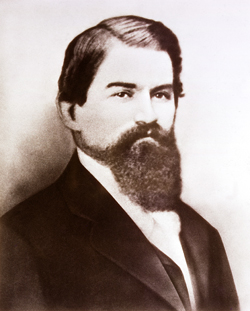
Dr. John Stith Pemberton, a local pharmacist, produced the syrup for Coca‑Cola, and carried a jug of the new product down the street to Jacobs' Pharmacy, where it was sampled, pronounced "excellent" and placed on sale for five cents a glass as a soda fountain drink.
Thinking that "the two Cs would look well in advertising," Dr. Pemberton's partner and bookkeeper, Frank M. Robinson, suggested the name and penned the now famous trademark "Coca‑Cola" in his unique script. The first newspaper ad for Coca‑Cola soon appeared in The Atlanta Journal, inviting thirsty citizens to try "the new and popular soda fountain drink." Hand-painted oilcloth signs reading "Coca‑Cola" appeared on store awnings, with the suggestion "Drink" added to inform passersby that the new beverage was for soda fountain refreshment. During the first year, sales averaged a modest nine drinks per day.
Dr. Pemberton never realized the potential of the beverage he created. He gradually sold portions of his business to various partners and, just prior to his death in 1888, sold his remaining interest in Coca‑Cola to Asa G. Candler. An Atlantan with great business acumen, Mr. Candler proceeded to buy additional rights and acquire complete control.
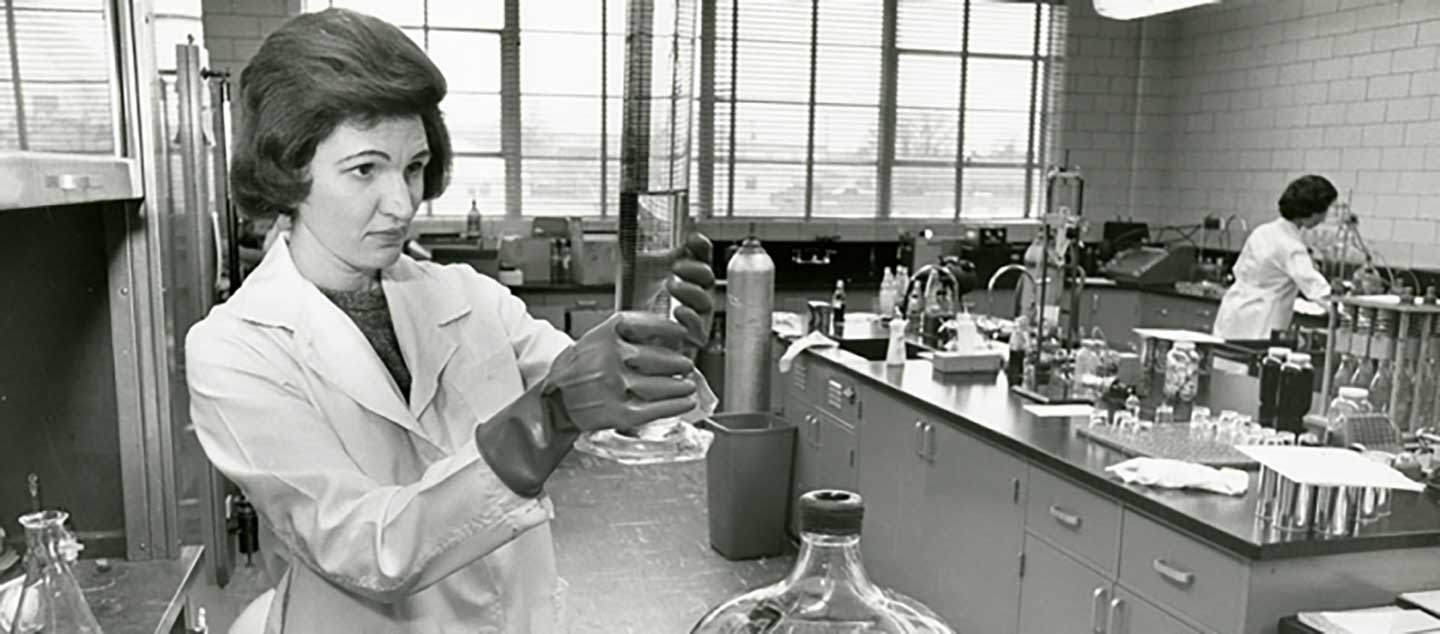 |
|
10 Things You Didn't Know About Coca‑Cola's Sustainability History
Sustainability is not something new at The Coca‑Cola Company. The Company’s sustainability efforts cover a wide range of topics including the following: water, women, community well-being, sustainable packaging, climate protection, human and workplace rights, and sustainable agriculture.
Such efforts began over 100 years ago and have since become an integral part of the Company. While there are countless sustainability projects and initiatives started by the Company, there are some monumental moments that have helped shape the company’s efforts. These efforts are highlighted in this timeline of events.
1917
The Coca‑Cola Company began its partnership with The Red Cross. During World War I, the Coca‑Cola system ran annual Red Cross drive campaigns which continued for over a decade. This partnership remains strong today and has been essential to the company’s involvement in disaster relief throughout the years.
1935
Lettie Pate Evans joined the Board of Directors as the 1st woman to serve on the board of a major company.
1963
The Coca‑Cola Company produced its first diet drink, Tab. Tab was introduced before the early growth of the low-calorie soft drink segment, and the beverage was developed for consumers who wished “to keep tab on their calories.” Several women chemists played a critical role in the development of Tab.
1966
The Coca‑Cola Company launched “The Nutrition Project”, assigning an international team of scientists and food technologists the task of finding a solution to the “protein gap” facing the impoverished nations of the world and provide more light, protein-rich beverages to consumers. This project led to the introduction of the brands Saci, Sanson and Taí, three protein-rich energy beverages developed in Latin America, utilizing the local ingredients such as soybeans and whey as protein source ingredients for the beverages.
1984
The Coca‑Cola Foundation was founded. The Coca‑Cola Company is committed to giving back 1 percent of its prior year’s operating income annually through the foundation. The foundation serves three priority areas: women, water and well-being.
2001
The Coca‑Cola Company established the Coca‑Cola Africa Foundation, which has worked to prevent and treat HIV/AIDS in Africa. Since it was established, the Coca‑Cola Africa Foundation has launched numerous projects and initiatives throughout Africa.
2007
The Coca‑Cola Company announced a transformational partnership with the World Wide Fund for Nature (WWF) to address challenges related to freshwater conservation. This partnership focused on five core areas including the following: conserve seven of the world’s most important freshwater basins, improve water efficiency within the company’s operations, reduce the company’s carbon emissions, promote sustainable agriculture and inspire a global movement to conserve water.
2009
The Coca‑Cola Company introduces PlantBottle Packaging - the first ever recyclable PET plastic beverage bottle made 30 percent from plants. The Coca‑Cola Company has continued to develop sustainable packaging, including the creation of the world’s first prototype PET bottle made entirely from plant materials in 2015.
2010
The Coca‑Cola Company launched the 5by20 Initiative. The goal of this initiative is to enable the economic empowerment of 5 million women entrepreneurs across the globe by 2020. Through the initiative, women are offered access to business skills training courses, financial services and connections with peers or mentors.
2013
The first EKOCENTER is established. EKOCENTER is a modular community market that is run by local woman entrepreneurs and provides safe drinking water, wireless communication, electricity and other functionality to jump-start entrepreneurship opportunities and community development. The 100th EKOCENTER was opened in 2016 and the project continues to grow around the globe. This project also complements the 5by20 initiative that was launched in 2010.
The Coca‑Cola Company’s sustainability efforts and goals continue to develop as the years go on and their impact can be found across the globe. Within the last 5 years, the Coca‑Cola Company has launched new initiatives and achieved many goals, such as accomplishing its 100 percent water replenishment goal five years ahead of schedule.
The company will not stop once it has accomplished a goal; it creates new initiatives and works to create a bigger impact. The history of sustainability in the Coca‑Cola Company is an indication of how far the Company has come and how much farther it can go in the future.
Coca Cola All Brand





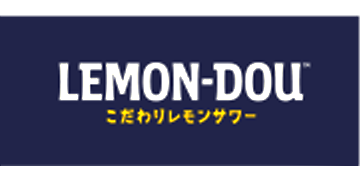
.png)


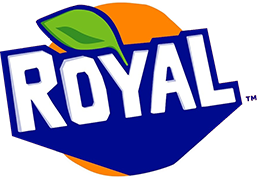
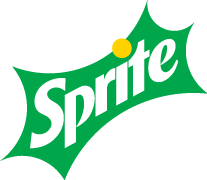

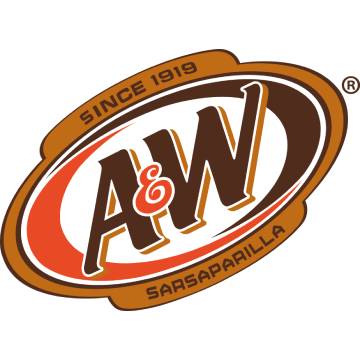

.jpg)



.jpg)

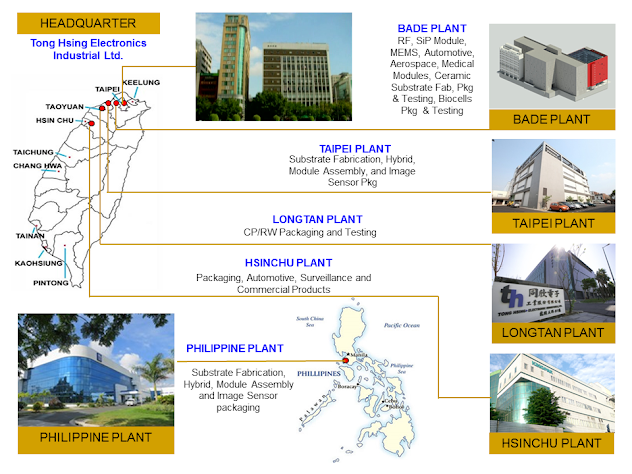
.jpg)

Comments
Post a Comment